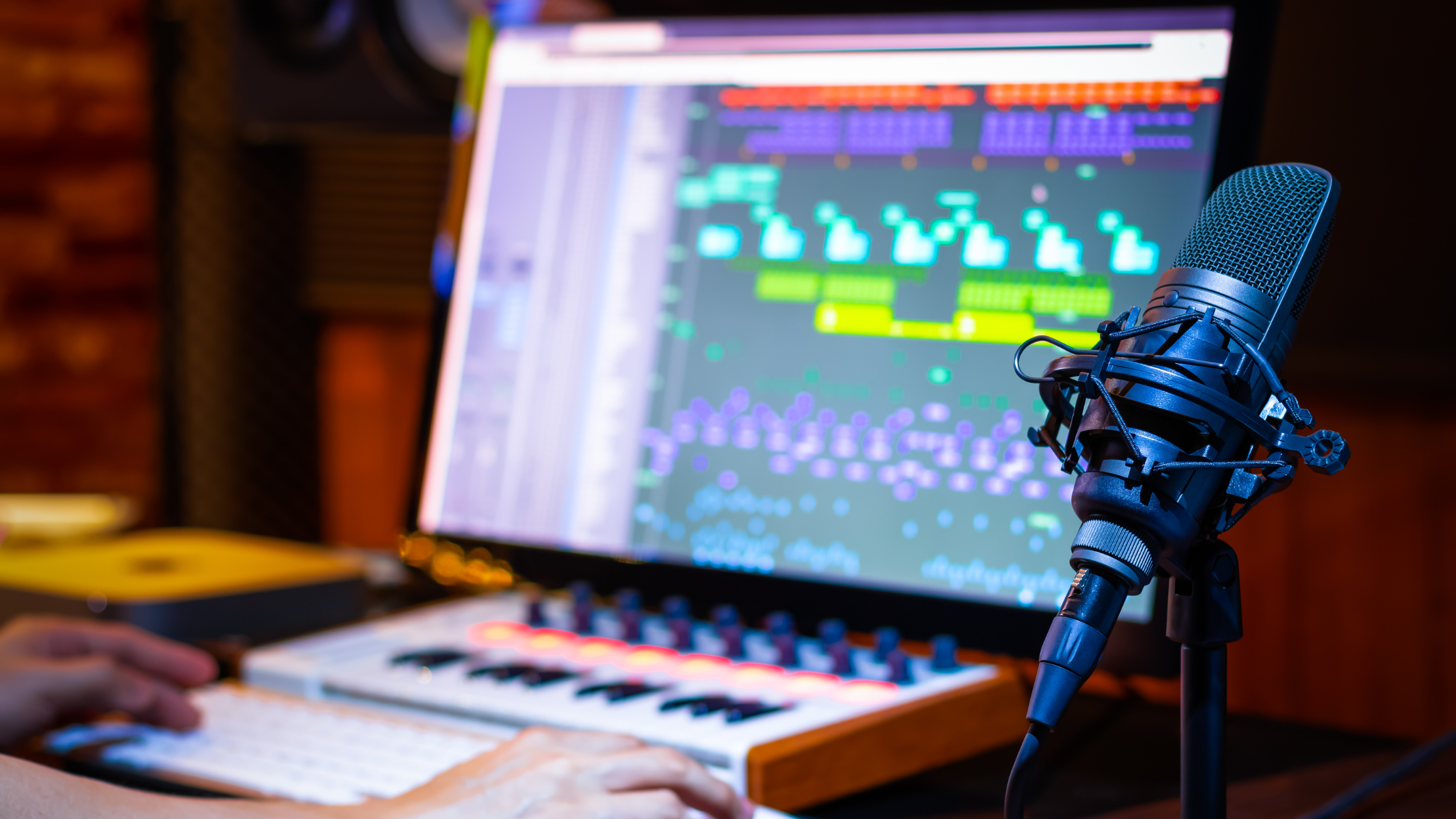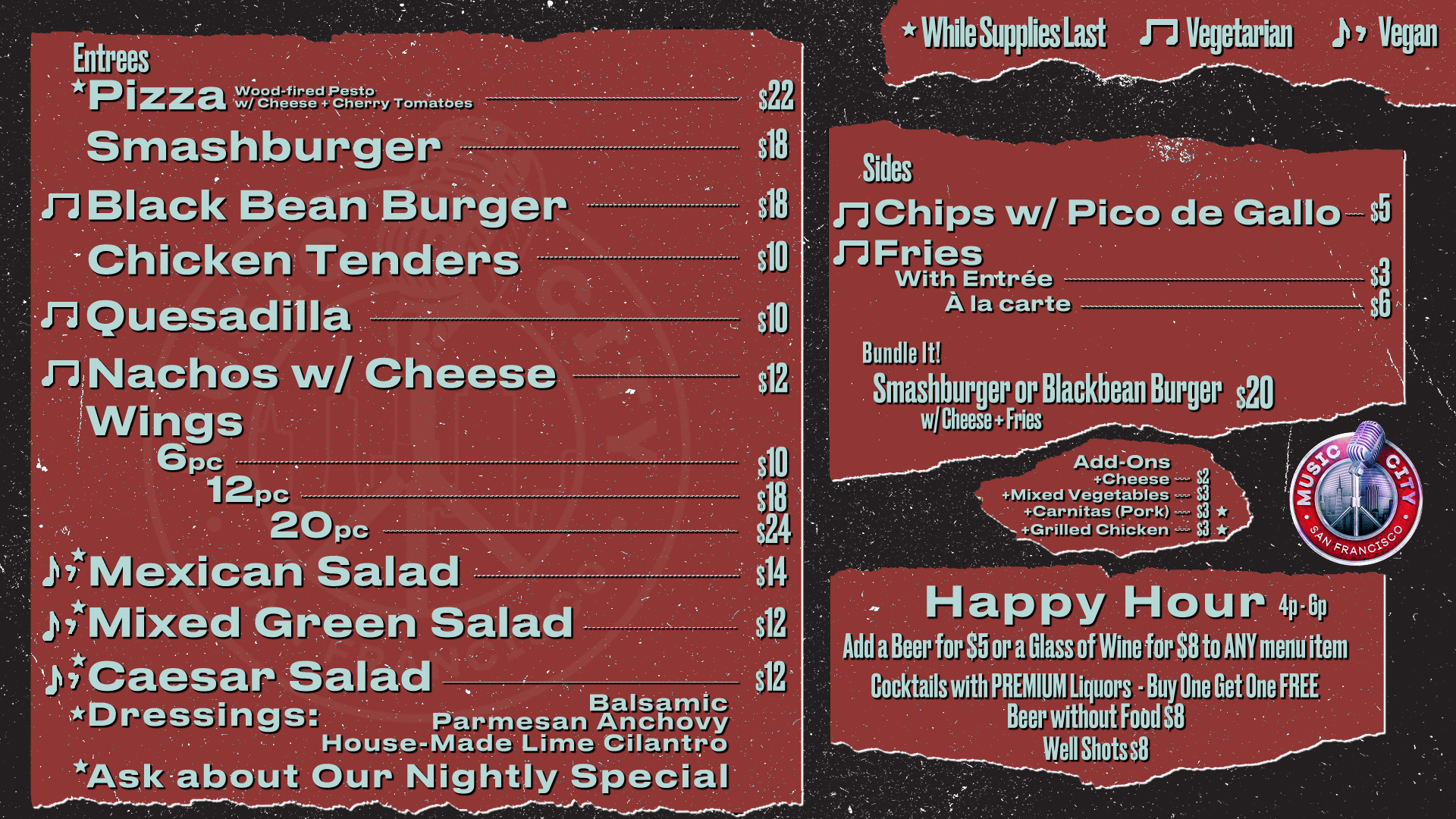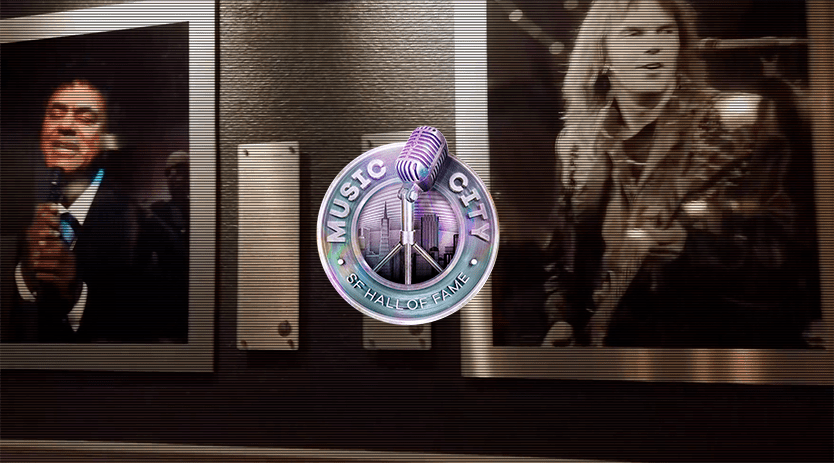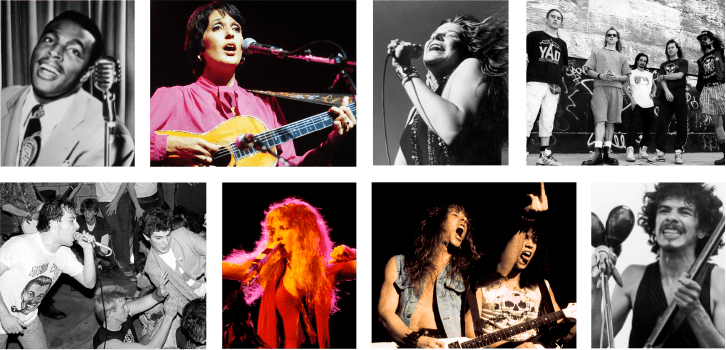
November 12, 2025 | Music City Accelerator Team
If you’ve ever hit play on your mix and thought, “Why does this sound like it’s coming from inside a wet cardboard box wrapped in distortion?”, chances are you’ve angered the gods of headroom—and their grumpy sidekick, Gain Staging.
In a DAW, Headroom is the space between the loudest part of your signal and the point where clipping occurs above 0 dBFS. The easiest way to picture it is to imagine your master channel as a water bottle. Every track in your session is pouring a little water into it. A kick drum adds some. A vocal adds a little more. A stack of synths adds even more. If the bottle fills up completely, the water spills out. In audio terms, that spill is clipping. Once it happens, the mix loses some clarity, punch, and depth and you have nowhere to go. Digital systems do not have “graceful” overload behaviour like analog gear had!
Most of the time, clipping isn’t a dramatic explosion. It’s subtle at first. A mix that feels tight starts to feel tense and crowded. Low end becomes vague. Highs start to scratch. The music loses the openness and energy it had when you were composing it. That’s the sound of no headroom.
The goal is to leave space. Enough room for your mix to breathe now and enough for your master to shine later.
There is a lot of confusing and conflicting advice on this, especially online, but the simplest professional standard still holds true. When you start mixing, you want your master channel to sit comfortably between negative six decibels and negative ten decibels. That range gives you enough space to build dynamics, add EQ, compression, and effects, and still deliver a mix that has room for mastering.
Individual tracks should also sit comfortably below clipping. If one track is consistently hitting zero or very close to it, the rest of your mix will end up fighting that track for space. This is where people often get stressed and feel like their mix sounds crowded. It is not that the sounds are wrong. It is that everything is stacked on top of each other with no breathing room.
Avoid normalizing or limiting at this stage unless you are doing it intentionally and understand how it is affecting your gain structure. Your mix does not need to sound as loud right now as it does when mastered. With proper compression and possibly soft clipping on your buses, you can get loud in the mix as per the style demands, but the final Loudness comes later during mastering. Right now, the goal is clarity and control.
For clean, professional mixes while still in production:
This gives your mastering engineer (or you, if you’re DIY) room to make the final mix loud without losing clarity.
If your mix is peaking and you do not know where to start, there is a very simple reset button. Select all of your tracks at once and lower them equally. The balance you created will stay intact, just at a lower volume. Suddenly, your water bottle is not overflowing anymore.
This is something you should do before you start building submixes, groups, or adding bus compression. If your tracks are already routed through processing and you pull them all down at once, you are also changing the input level into those processors, which changes how they behave. The earlier you solve gain staging, the easier everything else becomes.
If your mix is peaking:
Boom — instant headroom. It is always much easier to start with these thoughts than to try and change the entire balance of your mix in the middle of it!
Leaving room in your mix isn’t just about avoiding distortion. It is about preserving the emotional dynamics of your music. When the mix has space, the loud moments hit harder. The quiet moments feel more intentional. The vocal sits in the space where the listener connects with it. The kick and bass work together instead of wrestling each other.
When headroom is ignored, everything becomes flat and tiring to listen to. The music loses dimension.
If you are planning to send your mix out to a mastering engineer, they will request a certain amount of headroom. There is no one magic number. It depends on the genre and the mastering engineer but somewhere between -3 and -5 dB is common. If you are mastering your own work, you will find the whole process much easier when you are not fighting a clipped or crowded mix.
In both cases, headroom is a gift you give to yourself later.
Leave space. Be intentional about where your levels sit. Treat your master channel like that water bottle in your mind. You want it to be comfortably filled, not overflowing. When you create headroom, your mix becomes clearer, deeper, and more dynamic. Your master becomes smoother and more powerful. Your music feels better.
Once you experience a mix that breathes, you will never want to go back.
Master the fundamentals of mixing and headroom management with Music City Accelerator’s Audio Production Programs — built for modern producers who want industry-ready results.
© Music City San Francisco 2025
Experience the vibrant rhythms and captivating melodies of Latin music as we feature live bands and electrifying DJ sets, showcasing a diverse array of genres from Brazilian Rhythms/Salsa/Cumbia/Latin Jazz/Spanish Rumba/Latin Rock/ Forró & global beats. Feel the energy as talented musicians take the stage, bringing their unique flair and passion to every performance.
Enjoy DJ sets spinning Latin Jams with Disco 80s/90s Funk/Hip Hop/Tropical Bass/Rock/Breaks & more.
Doors Open: 6 PM
Live Performances Begin: 7 PM-10PM
Step into the rhythm and soul of the city at Music City SF every Tuesday for an unforgettable night of live jazz! Wheter you’re a jazz aficionado or just looking to unwind, our talented musicians will transport you through the smooth, sultry sounds of Classic Jazz, Soul Jazz, and Jazz Fusion.
Door Opens: 6 PM
Live Performance Begin: 7 PM – 10 PM
Step into the unexpected at Music City SF’s Eclectic Night, where musical boundaries are meant to be crossed! Every Friday, we bring you an exciting mix of artists, from funk to jazz, hip hop to rock, and everything in between.
Doors Open: 6pm
Live Performances Begin: 7 PM-10PM
Every Thursday night, dive into the heart of the underground with weekly rotating performances featuring a fresh mix of musicians, cyphers, and DJs that keep the energy alive. Whether you’re here for smooth R&B vibes, soulful vocals, or fire hip-hop beats, The Music City Underground has it all.
Doors Open: 6 PM
Live Performances Begin: 7 PM-10PM
Step into a time machine of music and let the decades take you on an unforgettable journey! Relive the hits from the ’60s to the ‘2000s with incredible tribute performances that’ll have you dancing all night long.
Doors open at 6 PM.
Performances kick off at 7 PM.

From timeless classics to deep cuts that defined an era, keep the dance floor alive with the irresistible rhythms and smooth sounds that made Motown legendary. Don’t miss a night of soulful vibes and nonstop energy!
Door Opens: 6 PM
Live Performance Begin: 7 PM – 10 PM
Experience a thrilling variety of Rock, Folk, Blues, and Country music every Wednesday night! A high-energy event featuring live bands and DJs across six stages! From rock anthems to country classics and everything in between, this night promises non-stop entertainment and unforgettable performances.
Doors Open: 6 PM
Live Performances: 7 PM – 11 PM


Deborah Barsotti
Education director
deb@musiccitysf.org
More info coming soon!
Aprill Lacey
Executive Director
Aprill@musiccitysf.org
Contact Aprill for booking inquiries!










